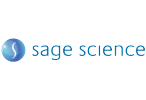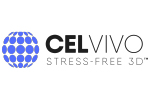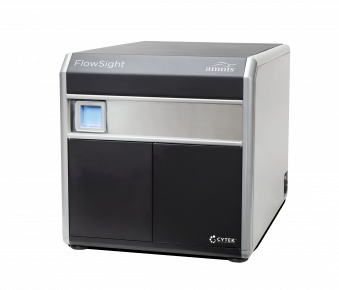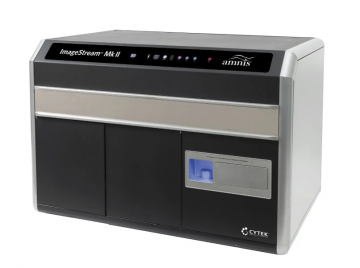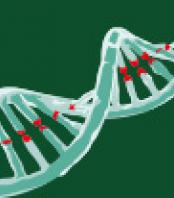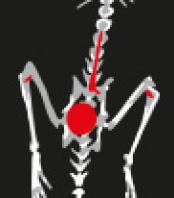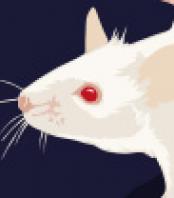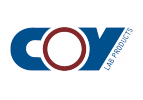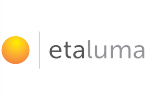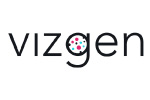We developed a new sickle imaging flow cytometry assay (SIFCA) and investigated its application. To perform the SIFCA, peripheral blood was diluted, deoxygenated (2% oxygen) for 2 hr, fixed, and analyzed using imaging flow cytometry. We developed a software algorithm that correctly classified investigator tagged "sickled" and "normal" erythrocyte morphology with a sensitivity of 100% and a specificity of 99.1%. The percentage of sickled cells as measured by SIFCA correlated strongly with the percentage of sickle cell anemia blood in experimentally admixed samples (R = 0.98, P ≤ 0.001), negatively with fetal hemoglobin (HbF) levels (R = -0.558, P = 0.027), negatively with pH (R = -0.688, P = 0.026), negatively with pretreatment with the antisickling agent, Aes-103 (5-hydroxymethyl-2-furfural) (R = -0.766, P = 0.002), and positively with the presence of long intracellular fibers as visualized by transmission electron microscopy (R = 0.799, P = 0.002). This study shows proof of principle that the automated, operator-independent SIFCA is associated with predictable physiologic and clinical parameters and is altered by the putative antisickling agent, Aes-103. SIFCA is a new method that may be useful in sickle cell drug development.
Read more







